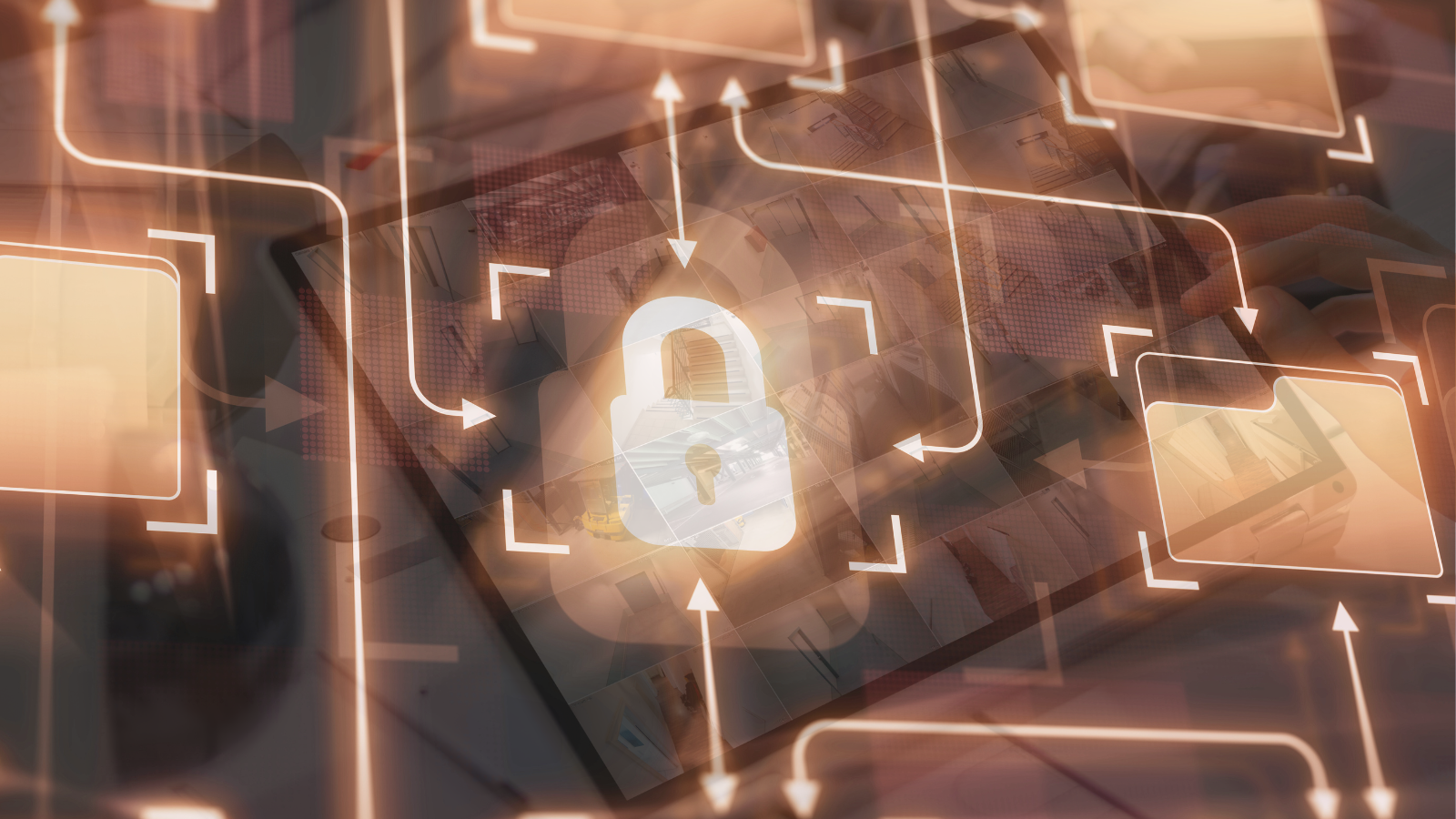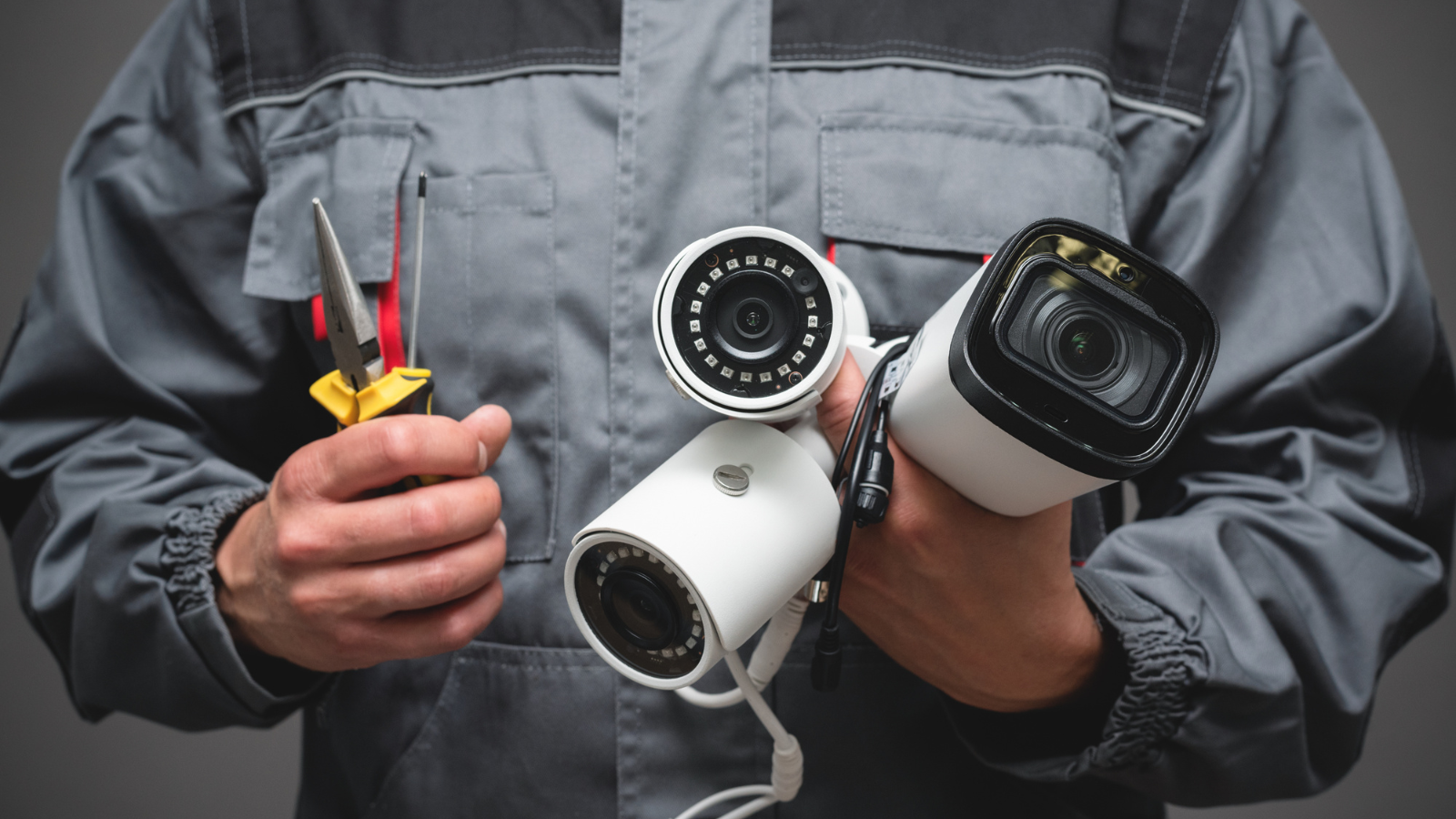Security integrators work in a competitive role.
According to recent projections, the security system integrator market is projected to grow at a CAGR of 10% year over year until 2023.
While it’s true that new business owners seeking a security solution to keep the market strong, the landscape for security integrators are also changing as the world becomes more connected.
Here are some best practices to help your company stay on top of customer needs in 2020.
1. Get on board with IoT
The Internet of Things (IoT) has taken the world by storm.
Many of today’s video surveillance systems and access control systems have the option to connect to the Internet, and most run on some kind of firmware that can make them vulnerable to digital attacks from bad actors. Gentec recently reported that nearly 40% of security cameras are at risk of a cyberattack due to outdated firmware.
While it may be true that security integrators aren’t cybersecurity experts, the prevalence of cyberattacks is something that should be top of mind when integrators install security systems or offer security services.
For integrators, IoT shifts the security solution that many customers are searching for. It also opens the security industry up to challenge from cybersecurity and IT firms, who may have security experts that are equipped to handle electronic security problems in a way that traditional integrators have overlooked.
It’s also a market opportunity for integrators seeking to broaden their reach. 63% of small businesses say that they plan to increase their cybersecurity budget in 2020, relative to 2019. Business owners realize that they need security systems that meet their needs and also understand that the threat to those devices and the end-user may be digital, not physical.
Heading into 2020 and beyond, security integrators need to consider how to address the rise of IoT and how the security systems on offer can withstand cyber threats. This might mean hiring a software expert, providing technical support for new technology, or educating customers about new threats to their security systems.
2. Cultivate relationships, not projects.
Traditionally, security integrators live and die by RFPs.
They bid for projects until they win a bid, and then the entire organization shifts to complete the project before the deadline while staying under budget.
Unfortunately, leaping from project to project just to keep the lights on doesn’t always give integrators time to foster long-term relationships with the business owners who hired them for the work.
That’s something that integrators should change in 2020 by trying to break away from RFP culture and focusing instead on building better customer relationships.
Right now, security integrators lose 23% of commercial accounts to competitors. Another 23% is lost when a customer changes location or leaves an area. Given the nature of digital communications and how easy it is to correspond from anywhere in the world, both problems should be preventable if the right business partnership is in place.
Today’s business owners aren’t just looking for security professionals who can install alarm systems and video surveillance. They’re looking for partnerships that can help them tackle complicated processes and provide new technology solutions that meet their security requirements.
A strong customer relationship helps integrators capture more of a customer’s business and acts as a business differentiator between the integrator and outside competition. Without that relationship, price becomes a key differentiator — something that isn’t good for customers or integrators looking to deliver an outstanding experience.
Business owners want to work with someone they know and trust, and they’re willing to pay a premium for it. According to PWC, businesses that offer a great customer experience enjoy a 16% premium on products and services.
In 2020, security integrators should consider how to build stronger relationships with security customers. Whether you’re using cloud-based technology to create a seamless workflow (a trait among customer experience leaders) for project management or focusing on nurturing campaigns and follow-up calls throughout the year, do something to further your working relationship with current and former integration customers.
3. Streamline your product offering.
Did you know that IPVM’s camera finder supports over 6,500 cameras from 150+ manufacturers?
That’s a lot of hardware — and cameras are only one component to a complete security system. There are dozens of other manufacturers for access control, life safety, monitoring, surge protection devices, and more.
There are so many products out there that it’s impossible to become an expert on every single one.
If keeping up with new technology is hard for integrators, imagine how hard it must be for security system owners!
Your customers aren’t security experts who have all the time in the world to field test the latest and greatest gadgets. They need a security system that keeps them safe, and they’re trusting their integrator partner to make the right recommendation for them.
It’s impossible to know every single thing about every single security tool out there. Integrators can save time, money, and hassle by selecting a go-to set of reliable products from manufacturers they trust and ensuring that those products are always on offer.
From cloud technology solutions and client software to security cameras and door frames, streamline your product offering. This makes it easier for your team to recommend products from your supply chain, sell customer services, and offer superior technical support throughout every stage of system ownership.
4. Don’t build processes on the fly.
When every security installation comes with a unique set of challenges and every project design is a custom job, a set of processes that works for one customer may not work for the next customer.
In those situations, it’s easy for integrator executives to step back and allow their teams to create the systems and processes they need in the moment to get the job done.
However, it’s also a mistake to let that happen.
No matter how varied the project, building processes on the fly leads to siloed information, miscommunication, and a lapse in project quality. Left unchecked, this leads to tribal knowledge that isn’t written down and is only understood by the department or team who uses and adapts the process on a regular basis.
Security integrators should make every effort to avoid this by standardizing workflows and doing their best to ensure that processes are clearly understood across all teams. This avoids confusion and provides transparency throughout the organization.
It’s a common practice among top-performing businesses. In fact, 93% of businesses report using standardized project management practices because it reduces risks and leads to better outcomes, especially when those standard practices are used across the entire organization.
In 2020, integrators should work to standardize their tribal knowledge and siloed information or put it to bed in favor of a better process to give security teams and customers a better understanding of project development and progress.
5. Stop treating temps like technicians.
Any integrator trying to bring security professionals onto their team already knows that good technicians are hard to find.
It’s even worse when there is a technician shortage like the one that the industry is currently experiencing. According to the Security Sales & Integration 2020 Gold Book, it’s the top concern among today’s security contractor.
Wanting good talent is understandable, but many integrators try to fill the gap by hiring temps and treating them like technicians.
When integrators use temps for work beyond the scope of their prequalified skillset, they’re endangering the quality of their security project by assigning an ill-equipped resource to a specialized project. This isn’t fair to the customer, the other technicians on the team, or to the temp, who is now expected to perform like an expert in a role where he or she was never trained.
Don’t damage your company reputation or risk the integrity of your project by using temps as a stopgap. Hire or train actual technicians and service members to ensure that your team has the expertise and manpower needed to produce a high-quality deliverable.
6. Educate your customers.
Customer education is essential to customer satisfaction and brand loyalty. Integrators who keep customers in the know regarding and give them the training they need to operate their security solution correctly gain trust and additional revenue over time.
This works for existing customers, as well as customers who may be considering your business as a solution. As a study by Conductor points out, educational content increases trust and positive feelings toward the brand that wrote it — and people are 131% more likely to purchase from brands that create educational content.
How your company covers educational topics may vary. Customer education can take place in the form of a blog post, a brochure, a guide. If you have a more robust budget, podcasts, webinars, or video lessons may be critical in positioning your team as security experts while helping you stand out from competitors.
But education doesn’t stop at the sale. Be sure to have technical resources and support available for customers as they take control of their systems so that you can resolve any issues that they may have. It might be easy to disengage with customers after a project is complete, but integrators who don’t leverage opportunities to provide support and education may miss opportunities for additional projects and end up leaving money on the table.
Give your customers and your company every opportunity to work together in 2020 by creating educational content to help end-users succeed.
7. Set clear expectations and a clear scope of work.
Did you know that half of all projects experience some form of scope creep?
Many of these issues can be eliminated earlier and upfront by setting clear expectations and a clear scope of work. While this is something that most security integrators try to do, it’s work focusing on this in 2020 to try and minimize overages and deadline penalties.
If you’ve taken the time to educate your customers (see above), business owners and their security teams have a clearer understanding of what to expect. If you’re beginning to set expectations after winning a bid, train your team to pay careful attention to what customers want and determine how best to explain any complicated processes.
Installing a video surveillance system isn’t as simple as fixing cameras to a wall. The system has to be designed, wires have to be connected, and the entire infrastructure may need to be adjusted in order to accomplish what appears (to external customers) to be a very simple task.
By setting clear expectations around the install process, device and product specifications, and what actually needs to happen in order to make security systems function correctly, security integrators can better position their team and your customers for success.
8. Capture all conversations in writing.
Every integrator has best practices for dealing with scope creep, but many executives and project managers overlook the most basic solutions to the problem.
Customer change orders are part of the job. Everyone expects project revisions, especially throughout the planning and design phases of the project. But once the contracts are signed, all other requests to change need to be in writing.
There are two simple policies that integrators can implement in order to drastically reduce scope creep:
- Get all change orders and work requests in writing
- Only implement changes by committee
Implementing a “get it in writing” policy helps protect integrators from working for free. If the customer denies that they ever requested the change, you’ll always have a paper trail leading notating when the request was made, who made it, the reasons behind the change, and whether or not it was approved.
But what happens when one individual wants a change but other stakeholders disagree or weren’t properly informed? Integrators can avoid confusion by implementing a “change by committee” rule and stating up front that all changes need to be approved and signed by project stakeholders.
It might sound tedious, but scope creep can become incredibly expensive, regardless of the size and scope of the organizations involved. And this problem isn’t exclusive to the security industry. On average, one in six IT projects has a cost overrun of 200% and a schedule overrun of nearly 70%!
Communicate change orders via email or simply record calls and use a transcription service to ensure that everything is logged. Create a process that protects your business from budget overruns and unforeseen project demands that have no point of origin and are impossible to address without incurring additional costs.
9. Use project management software to streamline your operational workflow.
Whether you’re installing a security system complete with video surveillance and access control or your team is brought in to upgrade card readers or fire alarms, it’s easy for any job to spiral out of control.
Between all the subtasks and location changes, it’s easy for technicians and customers to lose track of what’s going on. That leads to lost time, lost profits, and frustration on both sides of the table.
A project management software helps everyone stay on the same page and keep the project on track, which is why security integrators should strongly consider it in 2020.
According to PWC, 77% of companies with high-performing projects use project management software to more effectively manage their jobs and associated tasks.
Until recently, specialized software for security integrators has been out of reach. Some integrators have tried generalized product management software, but it lacks the features that security professionals need to keep track of installs and maintenance.
Fortunately, SiteOwl can help with that.
Build more integrated relationships in 2020.
Looking over our list, you’ll notice that almost every key point centers around one thing: Building better customer relationships and a better customer experience through clarity, visibility, and transparency.
Going into 2020, customers are looking for long-term partners that can help them see the big picture in a competitive landscape where physical, electronic, and digital security need to work together.
Don’t lose your projects to the competition. Deliver high-quality work from experts, and leverage some of today’s best security integration software to get the job done on time and on budget.
Need help? Get in touch! We’d love to show you how SiteOwl can help!
In the meantime, use our best practices to build a better business for your team, your customers, and yourself in 2020.

Su Subburaj
Su is SiteOwl's CMO and leads all marketing and communications. Su has extensive strategy and management consulting experience and previously consulted for 3Sixty Integrated where she gained an in-depth understanding of digital transformation challenges in the physical security industry. When not working on strategies to expand SiteOwl's footprint, Su enjoys bad karaoke, weightlifting and traveling.




